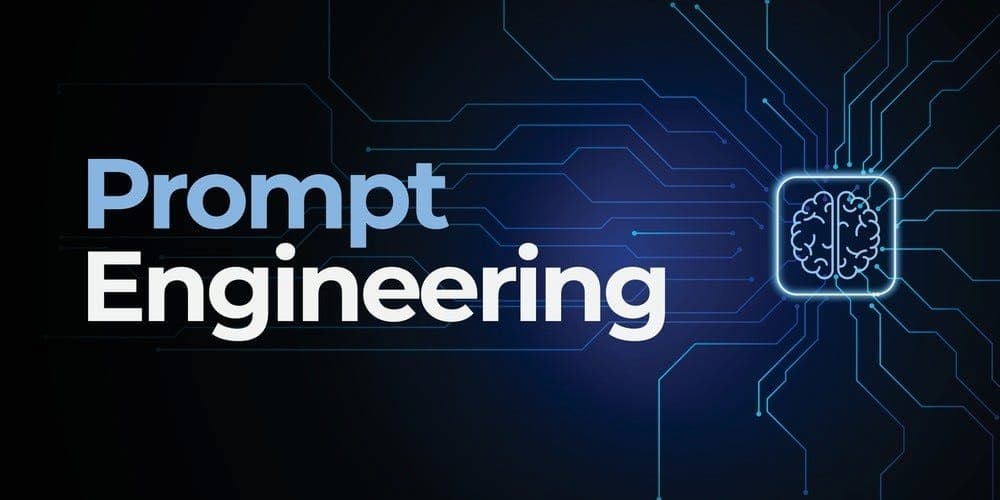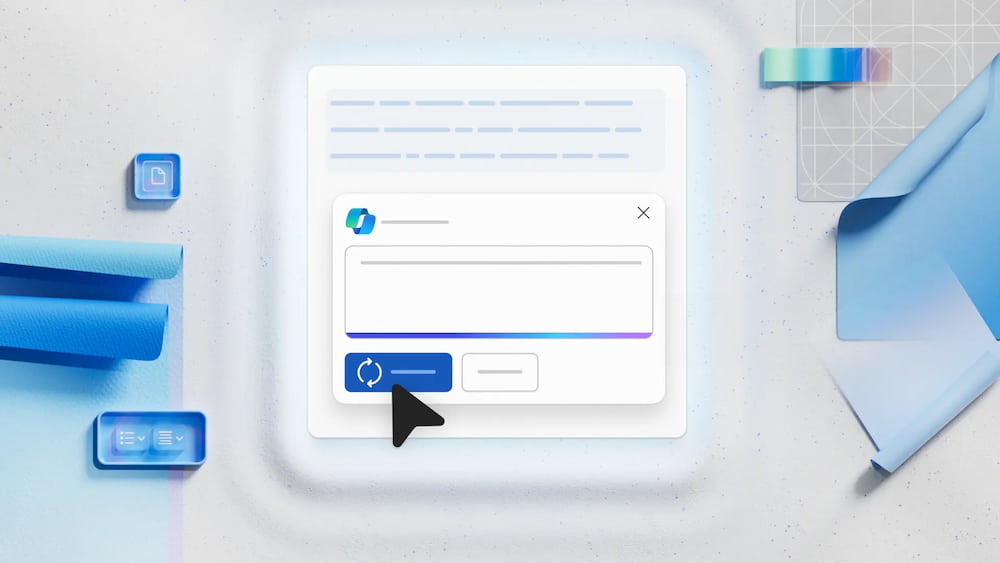Robotic Process Automation (RPA) bots now process invoices, customer data, and even payroll. When one script can move millions of records in milliseconds, security isn’t a “nice-to-have”—it’s the reason your automation program survives its first audit. Below is a guide that stitches together field-tested controls, platform comparisons, real-world reviews, and an on-the-ground perspective from Tamer Badr, owner of Singleclic.
Why You Need an RPA-Specific Security Framework
General IT-security checklists miss RPA-only hazards—hard-coded credentials in workflows, orphaned unattended robots, and logs that quietly expose personally identifiable information (PII). A dedicated framework:
- Binds bots to least-privilege roles so they can’t “go rogue.”
- Separates secrets (vaults) from scripts and orchestration data.
- Logs everything a robot touches, making audits fast and tamper-evident.
- Continuously scans for configuration drift and role creep.
“Teams buy RPA for speed, then realize speed without guardrails equals risk. A framework turns raw automation horsepower into sustainable value,” says Tamer Badr, whose firm deploys bots for clients across MENA.
Eight Pillars You Cannot Skip
Blueprint Systems boils security down to eight iterative steps—from risk assessment to incident response . Condensed and re-worded for quick consumption:
- Map Process Risk → Identify data classes and compliance mandates.
- Assign Governance Roles → Center of Excellence (CoE) or federated? Decide early.
- Enforce Role-Based Access Control (RBAC) → No bot shares a human’s credentials.
- Vault All Secrets → Use CyberArk, Azure Key Vault, or the vendor’s own vault.
- Log & Monitor Bot Behavior → Anomalies trigger alerts, not weekly reports.
- Test & Audit → Automate penetration tests against bots before production.
- Plan for Incidents → Pre-approved kill switch and rollback playbooks.
- Embed Security in the SDLC → Code reviews and static analysis, even for low-code citizens.
How Leading RPA Platforms Stack Up
| Platform | Built-In Security Wins | Potential Drawbacks |
| UiPath | Vault integration, zero-trust Orchestrator, bug-bounty program | Occasional CVEs (e.g., queue-permission flaw in 2024) demand rapid patching |
| Automation Anywhere | MFA, LDAP/Kerberos sync, credential vault, SIEM connector announced at Imagine 2024 | Complex license tiers; Control Room misconfigurations are a top support issue (per G2 comments) |
| SS&C Blue Prism | “Defence-in-Depth” model, SOC 3 for cloud services, granular object permissions | UI still Windows-thick client for many tasks; Next Gen features rolling out slowly |
| Microsoft Power Automate | Dataverse role scans, admin-center governance, Azure AD Conditional Access baked-in | Feature sprawl across Power Platform can blur boundaries—admins need cross-training |
Tamer Badr adds, “Mid-market firms gravitate to Power Automate for price, but underestimate Azure governance complexity. Our advice: budget for at least one Azure security specialist.”
People Are Always Asking…
“Can I let business users build bots without losing sleep?”
Yes—if you gatekeep production deployment, enforce code reviews, and isolate dev sandboxes.
“Is cloud safer than on-prem?”
Cloud RPA eliminates local server patching but introduces shared-tenant considerations. Look for SOC 2 Type II and regional data residency options.
“How fast can I pass an audit?”
Faster when logs, RBAC, and encryption settings are centralized—most auditors accept vendor dashboards if evidence is exportable.
Real-World Reviews in One Minute
- UiPath on G2: 4.6/5 from 3,200+ reviews—praised for robust Orchestrator controls; some cite steep learning curve for RBAC.
- Automation Anywhere: 97 % of users give 4 or 5 stars in the Winter 2025 Grid; highest marks for credential vault, knocks for cost of advanced analytics.
- Blue Prism: PeerSpot reviewers highlight “defence-in-depth,” but complain that configuring Credential Manager is “fiddly”.
- Power Automate: Admin-center updates win praise in Microsoft community threads; the main gripe is inconsistent DLP policy propagation (internal MSFT release-note feedback, 2024–2025) .
Frequently Asked Questions
1. What’s the first control to implement?
Centralized credential vaulting—because hard-coded passwords are still the #1 audit fail.
2. How do we secure citizen-developer bots?
Pair business builders with CoE code reviewers, enforce version control, and auto-scan packages for secrets before deployment.
3. Which compliance standards map well to RPA?
NIST 800-53, ISO 27001, and CIS Controls v8 all contain access-control and audit-logging clauses that align directly with bot governance.
4. Are there open-source tools?
Yes—tools like HashiCorp Vault for secrets and OSSEC for log monitoring integrate with most RPA suites, lowering cost but raising DIY overhead.
5. How often should I re-certify bot roles?
At least quarterly or after every major process change—automation velocity is high, and dormant privileges age poorly.
Key Takeaways
- Adopt role-based least privilege first; it neutralizes most breach paths.
- Vault credentials and rotate them automatically—manual key rotation is a myth.
- Automate compliance—bots generating evidence beat humans filling spreadsheets.
- Track vendor patch cadences; UIpath’s 45-day SLA differs from Blue Prism’s quarterly bundles.
- Finally, measure success by auditor effort reduced, not just CVEs closed.
“Automation without security is a ticking liability. Put the guardrails in now—future-you will thank you,” concludes Tamer Badr.










